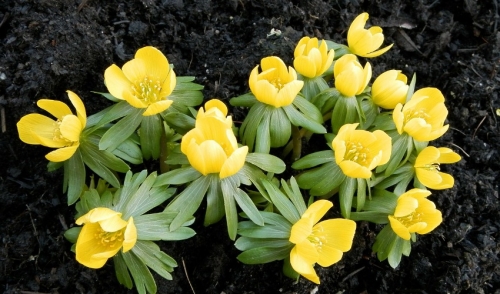{article.name}
Laying Mulch for Winter

- Share this:
- Share on Facebook
- Pin on Pinterest
- Tweet on Twitter
With winter fast approaching, snow is soon to come. That means it is time to prepare your garden for its winter sleep. This will give your flowers more insulation to come back and flourish.
There is not a more important gardening tip than to lay mulch for the winter. Laying down mulch for the winter will allow winter rain and moisture to be retained in the mulch layer. To begin laying mulch for the winter, remember to not put it onto wet soil. Pick a dry day when the soil has significantly dried out on the surface. Furthermore, make sure the soil is free from any weeds or unwanted plants that may be present. After removing these weeds and unwanted plants, apply the mulch over the soil. When applying the mulch to the soil, apply it so that it is placed right up to the base of each plant. This will help protect the roots of each plant from suffering in the cold weather.
You can lay up to ten centimeters of mulch if you like. Five centimeters should be your cut off point for how little you put down during the winter. Over time, that number will decrease because of the effects of the environment. The point of mulching during the winter is to keep the soil as cold possible. The thick 5-10 centimeter layer of mulch you lay down will act like a barrier between the soil and the variable temperatures. The roots of the plants are sensitive to variable temperatures and the mulch will serve as a protective cover from premature spring growth.
Now that you know how and why you lay down mulch for the winter, you must also know what kind of mulch to use. The materials used for laying mulch during the winter are different than the mulch you would use during the summer. Materials such as straw, leaves, and evergreen boughs are the best types of mulch for the winter months. These materials make good layers because they are bulky without having the excess weight that can damage your plants while they are being covered. These kinds of materials are also easy to remove in the spring and then add them to your compost pile. In general any loose, insulating material will do. Some plants will act as self-mulches by simply collapsing onto themselves. A good example of this is seen in Chrysanthemums.
Prior to laying down the mulch, remove any stems or dead leaves during the fall. Once you have chosen the best material, just lay it down and let nature take its course.



Comments